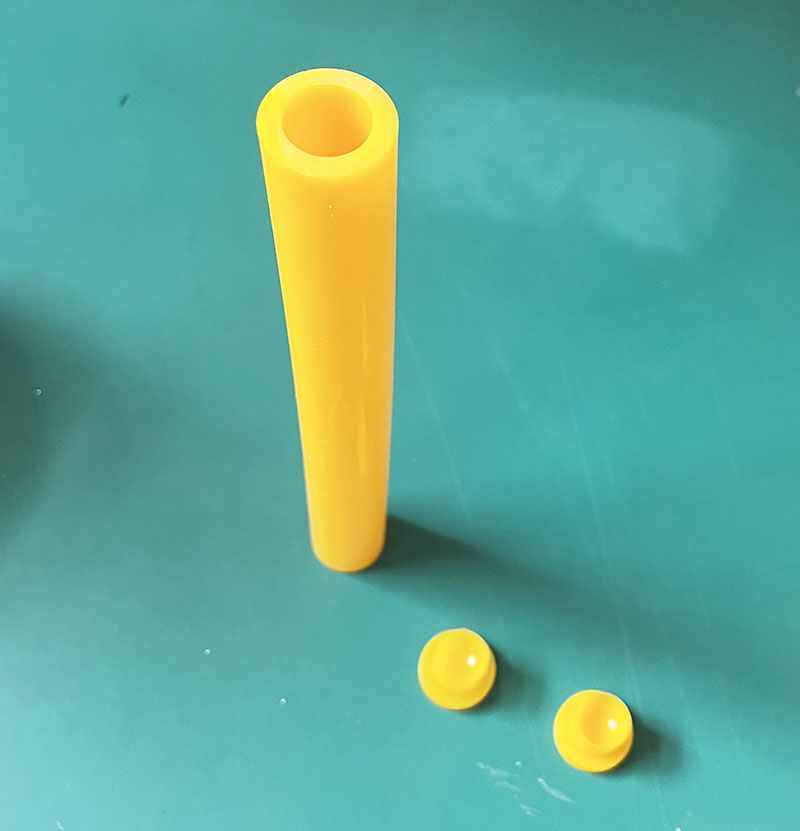What is Graphite?
In general, carbon is produced by carbonizing mixed coke substances with pitch binders in a baking furnace. When this carbon is graphitized in an electric resistance furnace, the amorphous carbon structure transforms to crystalline graphite. This is called Graphite.
CIP (Cold Isostatic Pressing) is a method of cold hydrostatic pressure molding usually known as “rubber press”. The CIP method involves transmitting a pressure with a liquid; in other words, it is a method of applying Pascal’s law to powder molding. When powder is sealed in a rubber bag which has little transformation resistance and liquid pressure is applied, all of the powder surfaces receive the same compressive force equal to the liquid pressure so that the powder is compressed and molded isotropically.
Graphite has unique properties that means it can be used in a variety of different applications, namely
Good electrical conductivity and high thermal conductivity
Low thermal expansion, resulting in high thermal shock resistance
Strength at high temperatures
Chemical inertness and non-wetting to glass and most metals
Self lubricity
Easy to machine to even into complex shapes


















